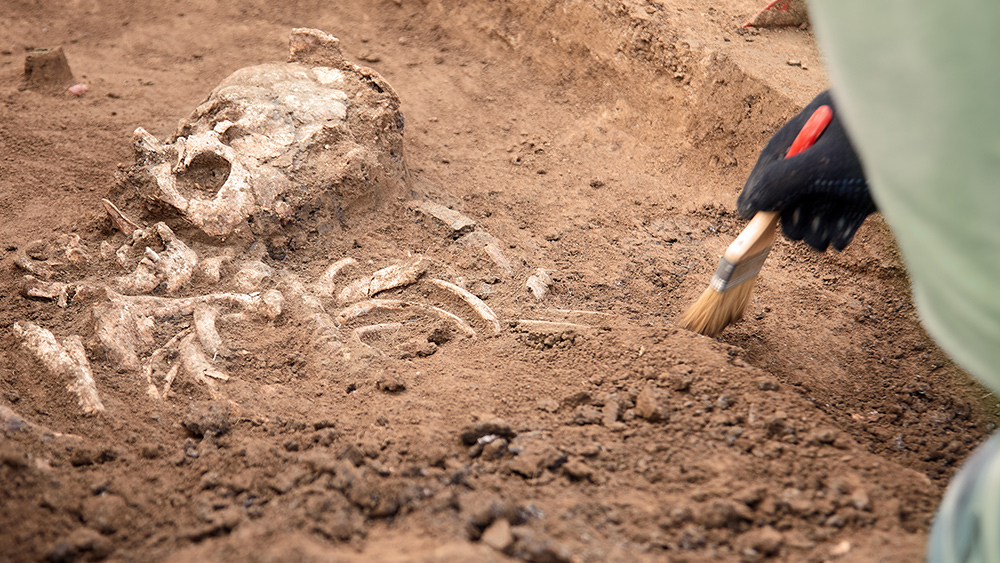
The study, published in the Environmental Archaeology journal, showed that the leading protein source -- or 70 percent of the diet -- was small fish like roach or Baltic herring. Previous studies on the dental health of the said subjects, which showed that they consumed a diet rich in protein, supported this new finding.
Meanwhile, another previous study revealed that medieval residents of Ii didn't have problems looking for food. The new study, according to researcher Maria Lahtinen of the University of Helsinki's Finnish Museum of Natural History Luomus, confirmed that our ancestors' diets were sufficient. It also showed that that the fish Ii's medieval residents consumed probably came from the middle of the food web. In other words, the fish fed on organisms found in the benthic zone, a region at the lowest level in a body of water like a lake or the sea. This emphasized how important the presence of waterways were to good health.
These results add to the pile of data proving why we must take more of this nutrient-rich food at every stage in life. (Related: Eat More Fish to Cheat Death.)
But what about those who don't like fish? What should a worried mother do to make her child take the food that can improve brain health, provide vitamin D, fight diabetes, and other serious diseases? She and others like her can try the following:
- Disguise the taste -- Try wrapping fish in foil and letting it bake in the oven for 12 minutes. You can also grill it, close the oven door, and cook for 12 minutes. Another option, which is faster, and which will help reduce the smell from cooking, is blow-torching the fish. Place the fish on a baking sheet, skin down. Blowtorch every part of the fish for five minutes. Then turn it over. Wrap it all up by blow-torching the skin until it becomes crispy.
- Hide the fish among other ingredients -- Rob Hobson, head of nutrition at Healthspan says many children won't take fish if presented as it is. But they will eat it as part of a dish. He suggests incorporating salmon in pasta and pesto. He also recommends baking a pie with white fish in it. He adds that salmon pate with crackers is another good idea.
- Reduce the smell -- Let's face it: Fish is not known for its pleasant smell. Hobson has a solution for this -- baking the fish in the oven. But first, you must place the fish on a baking sheet with a small amount of olive oil, lemon, and/or garlic for 12 minutes. You don't have to wrap the fish in foil. A grill that closes is just as good.
- Take fish supplements -- A study by the Liverpool John Moores University found that people who took fish supplements had a 90 percent decreased risk of developing cardiovascular disease.
Let's take a cue from our ancestors. Let's take more fish -- as is, or as supplements. It's for our own good.
Sources include:
Please contact us for more information.






















